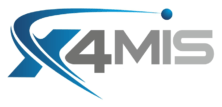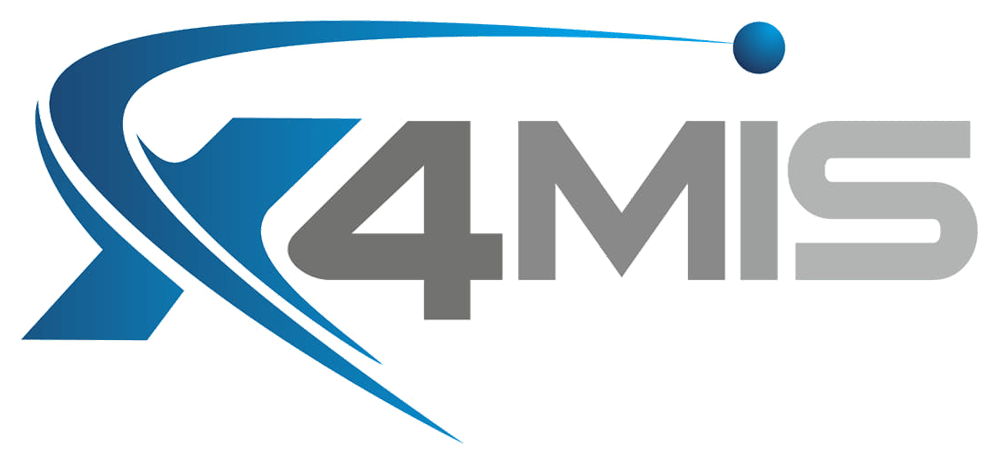Manage the Change
Manage the Change: All about the Manage Function.
The X4MIS Manage function relates to the need to implement and manage change at the project and work level.
Change is implemented as the new ways of working which will be expected in the desired state. This change is communicated to the human capital within the organisation through the responsibilities, expectations, and organisational benefits. The level of commitment adopted towards these new ways of working and how these changes are defined will be a large contribution to the success of the initiate.
The Manage function is about accepting the implications of change and working to optimise the best benefits for all stakeholders. Because change fundamentally requires a shift / transition / movement there is bound to be friction. This friction arises when moving from theory to practical application and handling the variations that arise. The manage function begins by identifying the current ways of working and the motivations of each employees.

The articles in this section help you as a Change Manager to understand the stakeholder and plan engagement at the appropriate level. Managing Change is about ensuring the delivery optimises for the desired result. Managing people can only be done through a personal level of engagement and understanding of each individual, the current roles, and future responsibilities. The Manage function provides a framework through which to view and engage with Stakeholders:
- Manage Resistors - Article link
- Manage Bystanders - Article link
- Manage Adopters - Article link
- Manage Casualties - Article link
The next stage within manage is to plan and implement the User Training. New ways of working and handling any resistance that arise. Within the delivery of change resistance, issues, problems and other deviations from the overall plan will arise. How these are addressed is a combination of the stakeholders analysis and also the communications management for the change.
The Change Implementation Plan (CIP) is the main document which will track all the change decisions, research, and analysis which is conducted to ensure an effective solution is delivered. The CIP is a synthesis of the information gathered into a practical plan for integrating Change Management into the project. The Change Implement Plan is then used to Manage Communications, Address Risks, and define Qualitative reporting.
The articles which cover this section include:
- Integrating Change with Project - Article link
- Change Implementation Plan. - Article link
- Change Risk Plan - Article link
- Manage the Communications - Article link
- Change Management Reporting - Article link
It is important to remember that resistance in Change Management is not inherently negative. Resistance is the friction which naturally arises from a change in state. It is part of the human condition and also change. Resistance when managed properly also can turn information into add to identify previously unseen issues early.
Compose the Change
Browse by Categories

Free On-Line Change Management Methodology that enables individuals and organisations, especially those previously without access to effective change management programmes, to deliver more effective community and country programmes which improve prosperity and save lives.
QUICKLINKS
TRAINING LINKS
LATEST POSTS




